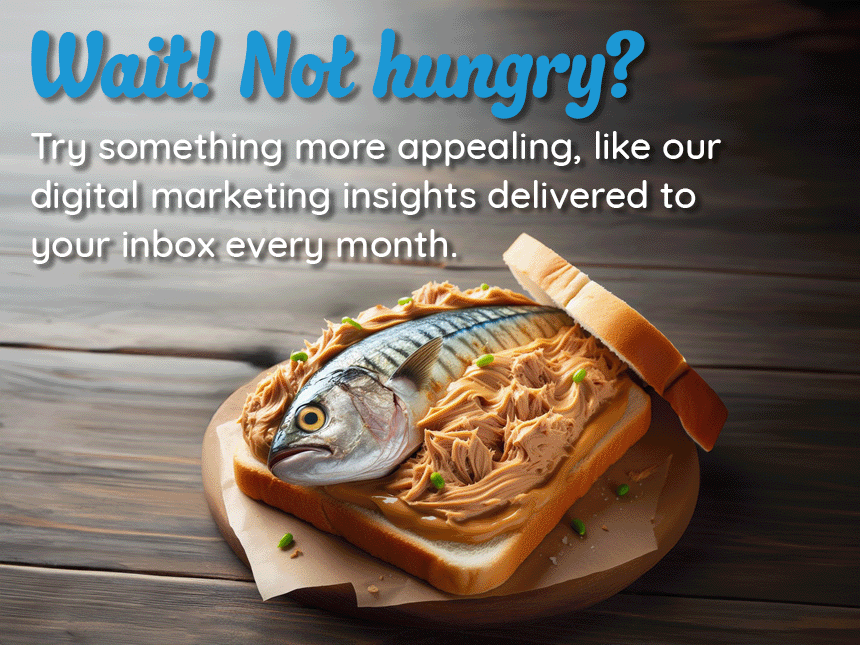The Pro’s and Con’s of Using ChatGPT for Your Business

In recent years, businesses have been leveraging the power of chatbots to enhance their customer experience and streamline their operations. ChatGPT is a powerful tool that uses artificial intelligence to create natural language conversations. However, like any tool, it has its pros and cons. In this article, we will examine the benefits and drawbacks of using ChatGPT for your business.
Pros:
- 24/7 availability: One of the most significant advantages of using ChatGPT is its 24/7 availability. Customers can get their questions answered or issues resolved at any time of the day or night, which improves customer satisfaction and loyalty.
- Cost-effective: ChatGPT is more cost-effective than hiring customer service representatives. Once the system is set up, it can handle a large volume of inquiries without incurring additional costs. This allows businesses to save on labor costs while maintaining high-quality customer service.
- Faster response time: ChatGPT can process and respond to inquiries in real-time, which means customers get a faster response time than they would from a human customer service representative. This can result in increased customer satisfaction, as customers feel valued and appreciated.
- Improved customer engagement: ChatGPT can personalize conversations based on customer data, which can improve customer engagement. It can provide recommendations, answer frequently asked questions, and offer promotional deals or discounts.
Cons:
- Limited capabilities: While ChatGPT is an excellent tool, it has limitations. It cannot handle complex queries or provide the same level of empathy and emotional intelligence as a human customer service representative. If a customer’s issue is complex, they may require human intervention.
- Lack of human touch: ChatGPT lacks the human touch that many customers value in a customer service interaction. Customers may prefer to talk to a human representative, especially if they have a complex or emotional issue that requires empathy.
- Requires maintenance: Like any technology, ChatGPT requires maintenance and updates to ensure it continues to function effectively. This can be time-consuming and costly for businesses.
- Security concerns: ChatGPT may collect personal data from customers, such as their name, email address, or phone number. This can raise security concerns if the data is not properly secured.
Conclusion:
ChatGPT is a powerful tool that can improve customer service, engagement, and loyalty. However, it also has limitations and drawbacks that businesses need to consider. While it is more cost-effective than hiring customer service representatives, it cannot replace the empathy and emotional intelligence that human representatives provide. Therefore, businesses should consider using ChatGPT as a complementary tool rather than a replacement for human customer service representatives. By doing so, they can leverage its benefits while still providing their customers with the human touch they value.
Wait – We’re Not Done. The Human Has Something to Say
Did you think the article was complete? Think again.
What you just read above was an article generated by ChatGPT about ChatGPT. It is a well-written, unbiased assessment of the tool. It correctly answered the prompt ‘what are the pro’s and con’s of using ChatGPT for your business,’ and it did so in less than 30 seconds. Pretty impressive. Is any of the above information correct? Who knows? I did not write it, nor did any of my trusted, knowledgeable colleagues. This is one of the primary problems. The tool and the information it provides is extremely fallible. In fact, did you notice that the content provided doesn’t actually answer the question? The request was the pros and cons of ChatGPT, but the answer treated ChatGPT as if it is a customer service chatbot, which is not, as of this moment, a service the tool provides.
All that said, you may be still be wondering if you should stop paying employees, agencies, and / or freelancers to write content for your website and just start using ChatGPT or a similar tool.
If you are considering this, you should be aware of the pros and cons generated by a real human (me) who has spent weeks testing the tool, attempting to exhaust its knowledge, find limitations, and understand its full capabilities.
Pro’s & Con’s of ChatGPT (From the Point of View of the Human)
Let’s begin with the pros.
- Speed – yes, it would be impossible to beat or even match the speed at which AI is now capable of generating content. In many cases, it will take you just as long to type the prompt as it will to generate the entire article. This is a clear win.
- Research – this is a great tool if you want to brainstorm or put together an outline for an article. Just as you see above, AI is very good at putting together bullet points for a topic. This can be used to generate content ideas and then add more depth or industry knowledge.
- Quick captions – this is a great tool for creating social media captions or ideas. Need a list of 10 ways digital marketing can improve your business? Ask ChatGPT. Need to promote a product or service but feel you have writer’s block after writing 20 other captions? Ask ChatGPT. It may not be perfect, but it does provide a starting point.
Now that we have addressed what I believe to be the best pros – let’s look at the cons.
- Unoriginal – ChatGPT does acknowledge in the article above that it has limited capabilities and lacks a human touch, but the problems extend beyond just that. ChatGPT provides similar, or in some cases the exact same, answers to different prompts. To give an example, ChatGPT was unable to provide different information when asked to describe the benefits of digital marketing and the benefits of digital advertising. This may seem like splitting hairs, but if an industry expert is writing a blog post about digital marketing, the article will address very different topics than a blog post about digital advertising. This seems to be a problem across many areas of the tool. It has taken all the best features of Google – similar searches, grouped topics – but does not seem to understand that this does not work when creating content. Would it work if you were writing a high school paper? Yes. Would it work if you wanted to be viewed as a leading industry expert? No.
- Unoriginal, Part Two: Plagiarism – Yes, ChatGPT will give the same answer/article to a variety of prompts and a variety of users. This means that you could have the same content, word-for-word, on your website as your competitor.
- Factual Inaccuracy – ChatGPT is pulling information from the internet, from ALL of the internet. This means that your article could contain a source from a government website, from Wikipedia, and from an independent blog written by your neighbor down the street. This means that you will need to confirm all facts in every article. The content can also be biased by the information it pulls from the internet.
- Length and Depth – articles created by ChatGPT rarely do anything beyond scratch the surface of a subject. A typical article is roughly 500 words long, this includes an introductory paragraph that is essentially just a regurgitation of the prompt as well as a conclusion. Again – this is not a tool you should be using to generate content if you want to be portrayed as an expert in your field.
ChatGPT – A Tool with Limited Capabilities… For Now
There are other pros and cons of ChatGPT, but as someone who has used the tool extensively, I believe these are the most important points. ChatGPT 4 was just released and they are crowd sourcing information and working on improving future versions everyday, but I do not see this as an option to replace human thought and writing any time soon.
As digital marketing experts, we will continue to test and monitor the tool as it improves. We will also post updates to our blog and social media about improvements, new pros and cons, and more. The future is now – but right now, we recommend you keep writing content yourself (or hire us to do it for you).



